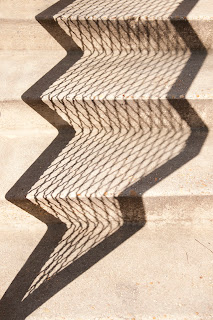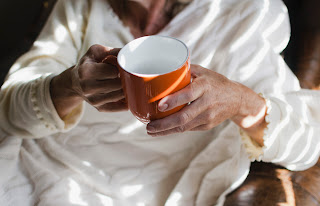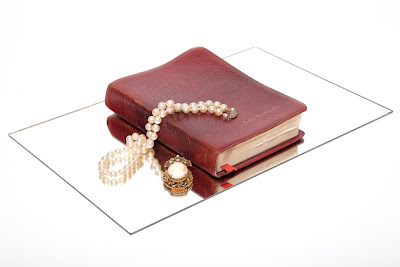Top light, no diffusion, no fill, gradient sweep backdrop
Top light, no diffusion, with fill, gradient sweep backdrop
Top light, with diffusion, no fill, gradient sweep backdrop
Top light, with diffusion, with fill, gradient sweep backdrop
Active side light, background controlled/blocked
Read: Chapters 1, 2 and 5 (only pages 85-104 (thru "stopping flare"). Be ready to discuss main points.
Create:
Based on the in-class demo and exercise, create an aesthetically strong set of images that explores active versus passive lighting using studio modeling lights.
- Choose an inspiring table-top subject. (Your decision about what to shoot should inspire you. Do go beyond convenience). For now, avoid overly shiny or glass objects, as these present special lighting concerns we will cover later
- Shoot RAW, low ISO (200-400), with a tripod. Use the camera self timer or remote to trigger the exposure, to avoid camera shake. Also, when using a tripod, be sure the lens stabilization is off.
- Use a gradient sweep backdrop (for image with top-light)
- Use a middle range f-stop (f5.6, f8, etc.)
- Focus critically on the subject
- Use hand-held incident light meter reading. Set camera to manual mode so that f-stop and shutter speed can be manually set. Use the combinations indicated by the hand-held light meter.
- Use the following lighting designs to create an aesthetically pleasing image. While some factors, like lighting design, are pre-determined for this study, other considerations like camera angle, composition, zoom/in-camera crop, proper exposure, are all in play for you to optimize
Lighting designs:
- Top light, no diffusion, no fill, gradient sweep backdrop
- Top light, no diffusion, with fill (using reflector), gradient sweep backdrop
- Top light, with diffusion, no fill, gradient sweep backdrop
- Top light, with diffusion, with fill (using reflector), gradient sweep backdrop
- Active side light, background controlled/blocked

































